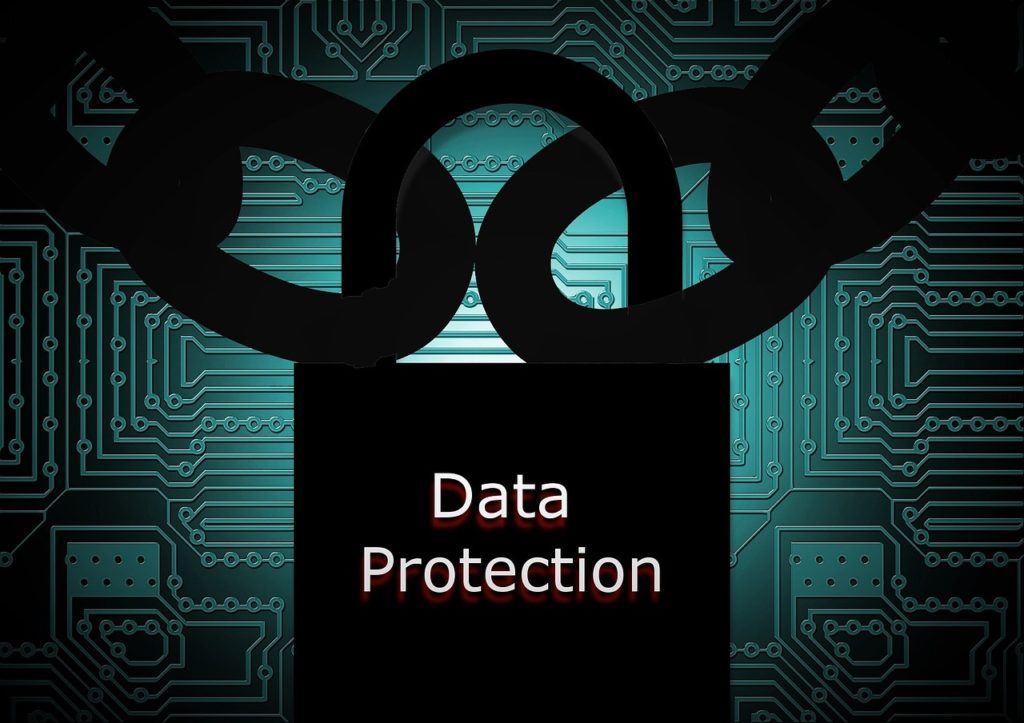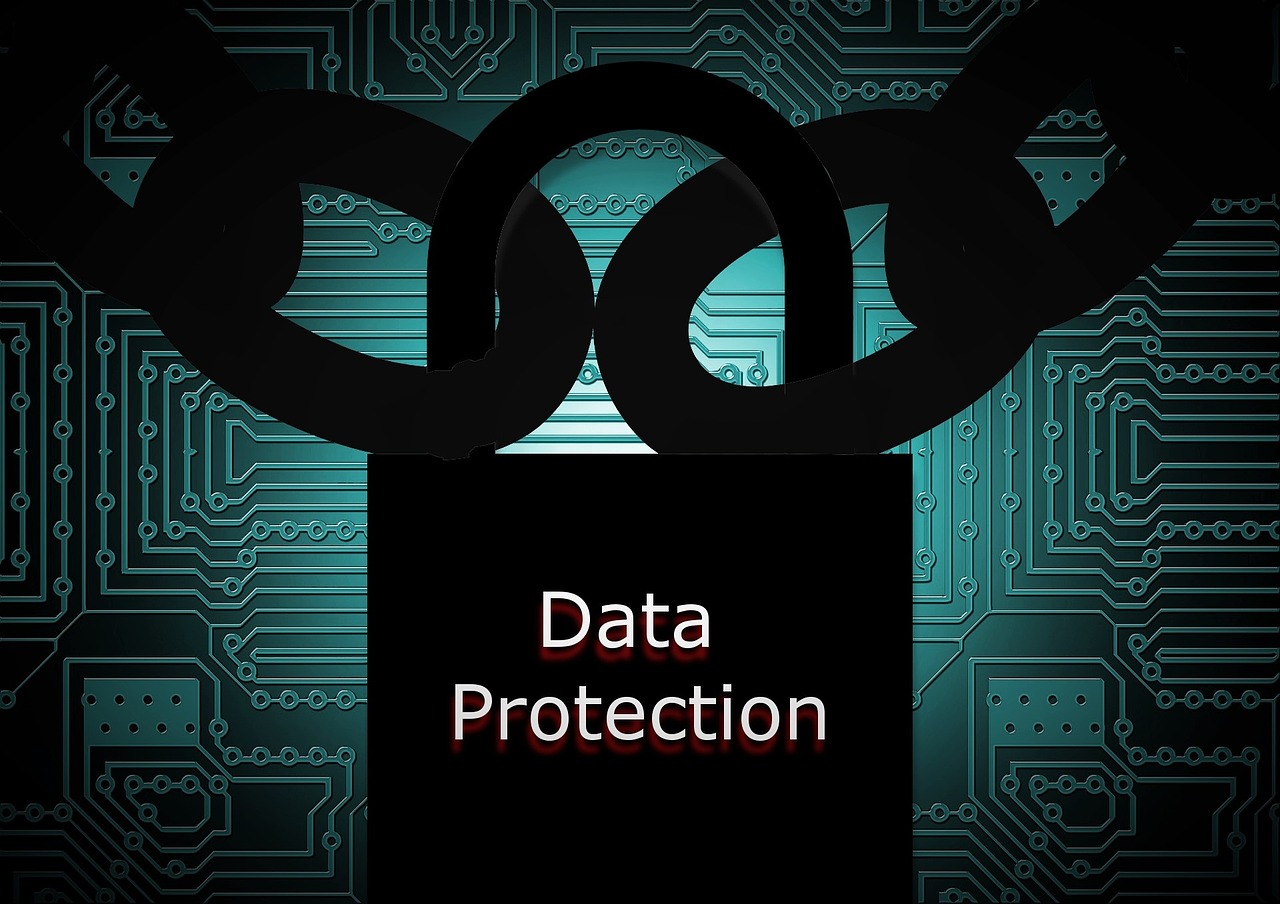
As more and more of our work and personal lives become dependent on digital technologies, there is an ever-increasing focus and emphasis on ensuring that data, the currency of everyone’s digital lives, is secure and safe at all times.
That is why businesses need to discuss and establish data privacy and protection procedures within their organizations. Today, let’s take a quick rundown and what that can entail:
Establish a Data Access Hierarchy
A common refrain among security specialists is that the more access points exist to your data, the higher the chance of vulnerabilities and exposure of said weaknesses.
What does this mean for your business practices? Set limits to who can access which employee’s data and what data they can access. For instance, a manager may be able to access an employee’s performance data but finance has no need to be granted access to it. Similarly, critical information related to tax paperwork or other personal information should only be the purview of HR or finance.
Ensuring a well-thought out hierarchy is put in place for who can access particular data will help reduce the overall vulnerability of your system to malicious software and people. Combining this with an equally thorough log system will help security and IT keep track of who accesses data, helping identify unauthorized people from gaining hold of precious data.
Evaluate and Reevaluate Your Security Policies
Once a competent data access hierarchy has been set up, the next critical step is to evaluate established data security policies and more importantly, setting up a reevaluation schedule. Revisiting your security is incredibly important – given the rate at which technologies improve, new technologies arrive and current and older ones are exploited by hackers and scammers, it is imperative to review the state of your security at regular intervals.
Is your security still depending on SMS for authentication? Recent revelations stating that this security procedure has critical vulnerabilities means that you should definitely consider a stronger 2 Factor Authentication system for your employee’s critical data, such as tax data. Considering digitising paper-based employee data? Ensure your on-site or cloud storage offers state-of-the-art security. Such decisions can only be taken if regular discussions are had on the subject of data security.
Invest in secure technologies
On the subject of secure data storage services and software, another decision to be made on the subject of data privacy and security is the discussion on when to invest in newer, better technologies.
Is your HR web portal still not employing HTTPS (HTTP secure)? It’s absolutely the time to stop using that insecure piece of software and opt for a more modern, cloud based HR platform like PeopleSonic, that promises security front and centre. There can be nothing more important for a business than to ensure the safety and integrity of employee and business data in this technology-driven world. Personally critical information like tax data, social security and all linked data is a necessary transaction between employer and employee, and it falls on the employer to invest in the continual security of that information.
The same goes for technologies that limit physical access to any on-site data servers – Facial recognition and fingerprint scanning are essential to augment any personnel performing security. Both people and technologies are fallible, only together can they help reduce any chances of protected data being breached.
Train your workforce on data protection essentials
When organisations as large as Twitter can fall victim to social engineering, it speaks volumes to the importance of having a workforce trained to spot such attempts of exploitation. That is why it is paramount to have regular training for keeping your workforce updated on best practices when it comes to data security and the security of personal information online. Social engineering hacks and scams do tend to rear their head more about certain times of the year, such as end-of-year tax filings, and that can be a great time to refresh everyone on the essentials. Make sure they know not to enter their personal data on shady tax sites and use reputed financial services instead. Ensure HR personnel are well-versed in accessing private employee data from a secure site, which would include the computer or smartphone they access it from and the internet connection they use.
Unfortunately, another adage of the digital era is that the weakest aspect of modern technology are the humans involved in its creation – this means that sensitive information can get stolen or leaked through both accident and malicious intent. Therefore, minimising the chances of that happening are essential, and require a robust data privacy and protection policy. By investing in the right technology, reviewing associated security protocols and training your workforce in the essentials of digital security will help keep critical employee data safe and secure.

